Bunions can be a real pain—literally and figuratively. Many people who develop bunions are eager to find solutions that prevent their progression and avoid more invasive treatments like surgery. One popular option that many turn to is the bunion corrector. But the burning question remains: do bunion correctors actually prevent bunion progression? In this post, we’ll take a deep dive into what bunions are, how bunion correctors work, and whether they can truly help slow or prevent the worsening of bunions over time.
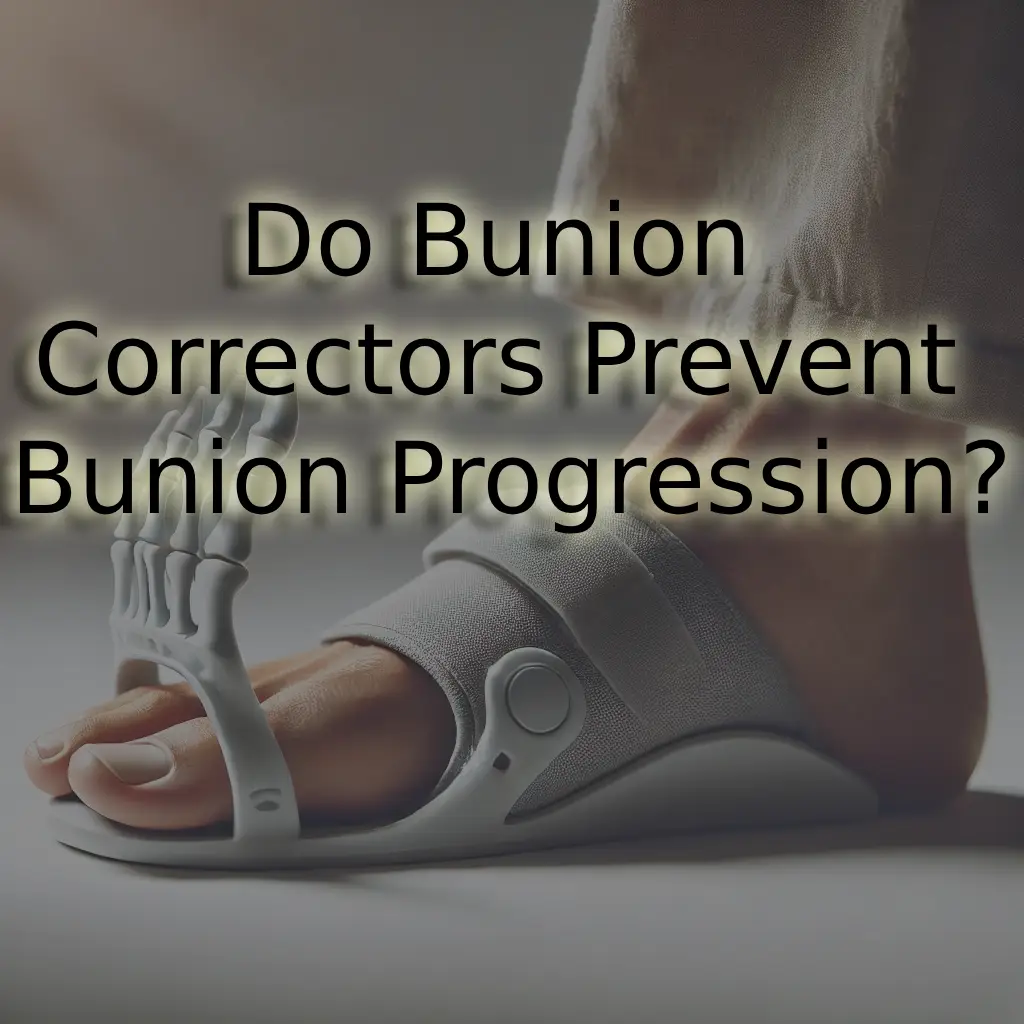
What Are Bunions?
Before discussing bunion correctors, it’s essential to understand what bunions are and how they develop. A bunion, also known as hallux valgus, is a bony bump that forms on the joint at the base of your big toe. Over time, this bump can grow larger, causing the big toe to deviate toward the other toes. The result? Pain, discomfort, and often difficulty finding shoes that fit comfortably.
Bunions are typically caused by a combination of factors, including:
- Genetics: If your parents or grandparents had bunions, you’re more likely to develop them.
- Foot structure: Certain foot shapes are more prone to bunions.
- Improper footwear: Shoes that are too tight or have high heels can exacerbate bunions.
- Arthritis: Some forms of arthritis can affect the joints, increasing the likelihood of bunions.
As bunions progress, they can lead to increased discomfort and difficulties in walking. This is where bunion correctors come in as a potential non-invasive solution.
How Do Bunion Correctors Work?
Bunion correctors are devices designed to realign the toes and provide relief from the discomfort caused by bunions. They usually come in the form of splints, braces, or toe spacers, which are worn on the foot to help straighten the big toe. They work by gently pushing the big toe back into its proper position, helping to reduce pressure on the bunion and alleviate pain.
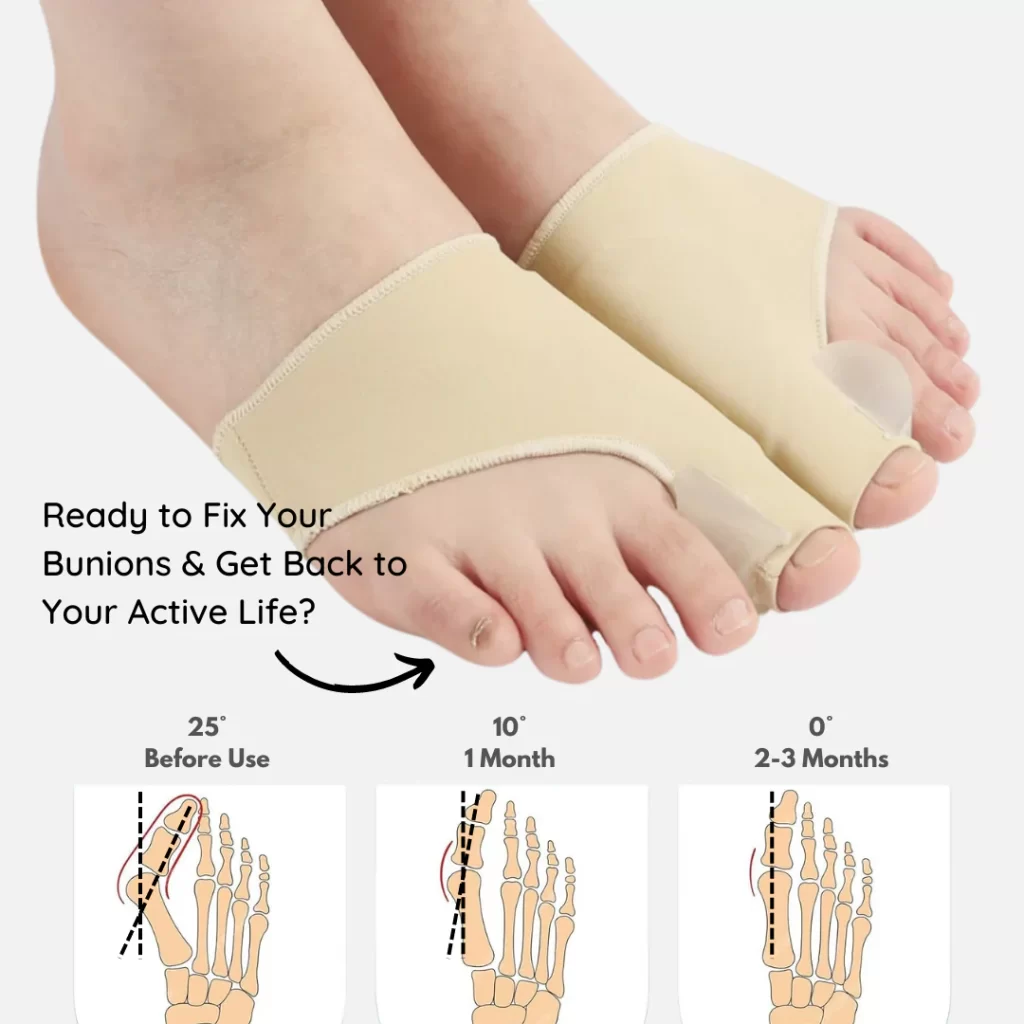
There are several types of bunion correctors available on the market:
1. Bunion Splints
Bunion splints are typically worn at night and are designed to hold the big toe in alignment while you sleep. The idea is that keeping the toe in a straight position for extended periods may help slow down the progression of the bunion over time.
2. Toe Separators or Spacers
Toe separators are placed between the big toe and the second toe, gently pushing them apart. These are often used during the day when you’re wearing shoes to reduce friction between the toes and provide temporary pain relief.
3. Gel Pads and Cushions
Gel pads and cushions are primarily used to reduce the pressure on the bunion when wearing shoes. While these may not correct the alignment of the toe, they can provide comfort and reduce irritation.
4. Bunion Corrector Socks
These specialized socks have built-in support to help straighten the toe and provide relief throughout the day.
Do Bunion Correctors Actually Prevent Progression?
This is where things get a little tricky. There is no definitive scientific evidence that bunion correctors can stop bunion progression entirely. However, many people report that using bunion correctors provides relief from pain and discomfort, and in some cases, they may help slow the worsening of bunions.
1. Bunion Correctors Provide Temporary Relief
One of the primary benefits of bunion correctors is that they offer immediate, short-term relief. By helping to realign the toe and reduce pressure on the bunion, correctors can make walking and wearing shoes more comfortable. This can be especially helpful if your bunion is causing you significant pain throughout the day.
2. They May Slow Progression
While bunion correctors cannot change the underlying structure of your foot, they may help slow the progression of a bunion. By keeping the toe in a straighter position, correctors can reduce some of the forces that cause the bunion to worsen over time. However, this is largely dependent on how often the corrector is used and how severe the bunion is.
3. They Are Not a Cure
It’s important to note that bunion correctors are not a cure for bunions. They do not remove the bony bump or fully correct the alignment of the toe. In more advanced cases, surgery may be the only option to correct the deformity.
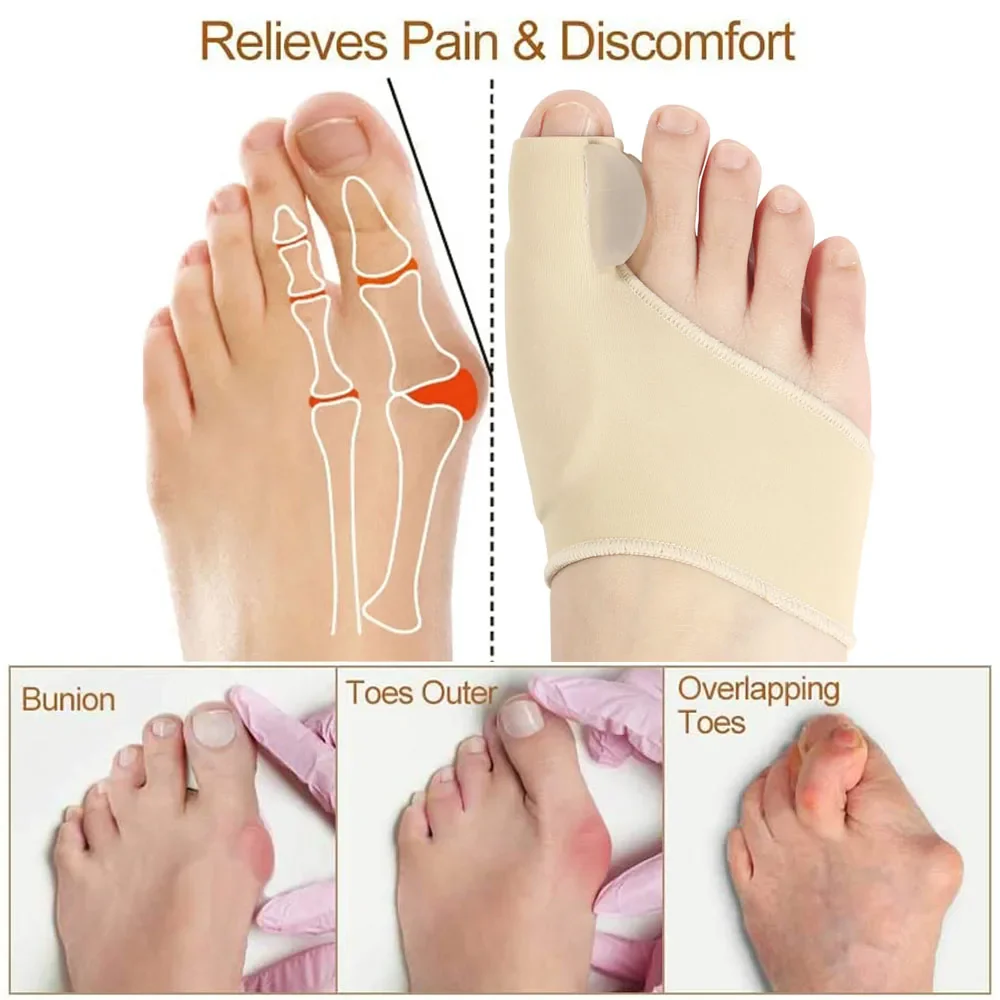
When Should You Use a Bunion Corrector?
If you’re experiencing discomfort from a bunion, a bunion corrector can be a helpful tool in managing pain. Here are a few situations where bunion correctors may be particularly beneficial:
- Early stages of bunion formation: If you’ve just started to notice a bunion, using a corrector early on may help slow down its progression and prevent more severe problems.
- Nighttime use: Wearing a bunion splint at night allows you to keep your toe in a proper position without the discomfort of wearing it during the day.
- Pain relief during the day: Using toe spacers or gel pads during the day can help reduce friction and pressure, making it easier to go about your daily activities.
How to Choose the Right Bunion Corrector
With so many options available, it can be challenging to know which bunion corrector is right for you. Here are a few tips for selecting the best one:
1. Consider Your Lifestyle
If you need relief during the day while you’re on your feet, a gel pad or toe spacer might be the best option. For nighttime use, a bunion splint could provide better alignment.
2. Material and Comfort
Make sure the bunion corrector you choose is made from comfortable, breathable materials. You don’t want something that’s going to irritate your skin or feel too bulky in your shoes.
3. Adjustability
Look for a bunion corrector that is adjustable, allowing you to customize the fit. This will ensure that it stays in place and provides the right amount of support.
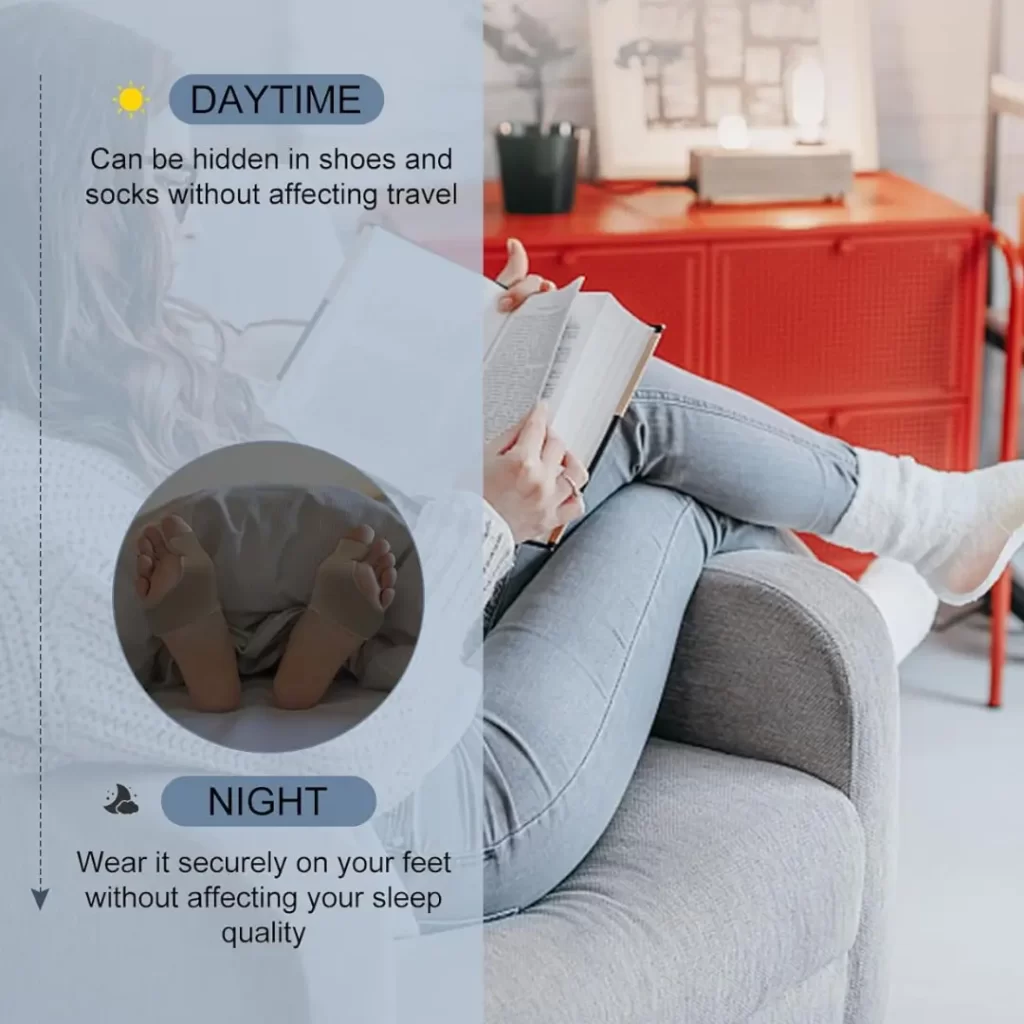
Other Ways to Prevent Bunion Progression
While bunion correctors can offer relief and possibly slow the progression of a bunion, there are other ways to manage your foot health:
- Wear Proper Shoes: Avoid tight, narrow shoes or high heels that put pressure on your toes. Opt for shoes with a wide toe box and good arch support.
- Maintain a Healthy Weight: Excess weight can increase pressure on your feet, making bunions worse over time.
- Exercises and Stretches: Regular foot exercises can help improve flexibility and strength, which may help prevent further deformities.
Conclusion: Can Bunion Correctors Help?
Bunion correctors are a great option for those looking for non-invasive ways to manage bunion pain and potentially slow down the progression of the condition. While they won’t cure bunions or stop them from developing entirely, they can provide much-needed relief and improve your quality of life. Pairing a bunion corrector with proper footwear and foot care can make a significant difference.
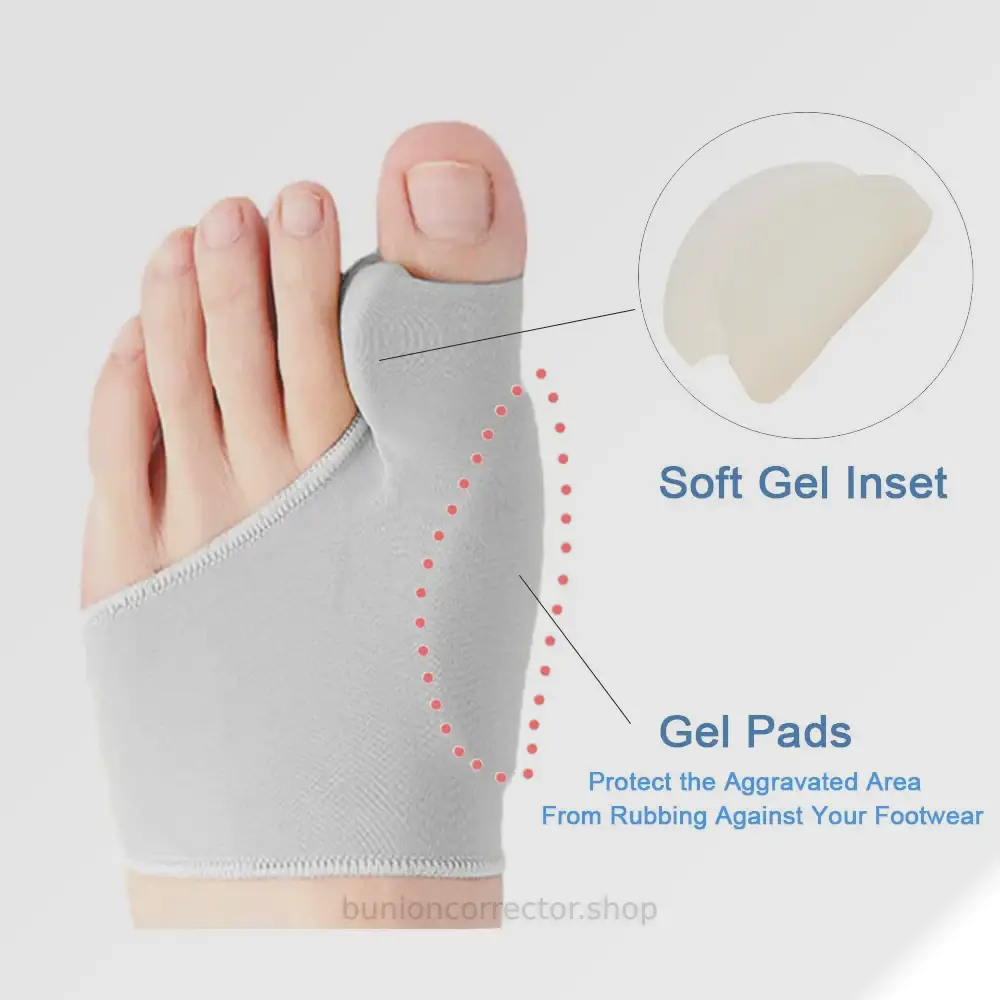
If you’re considering trying a bunion corrector, be sure to consult with a healthcare professional for advice on the best option for your specific needs. Remember, it’s always better to address bunions early before they become more severe.